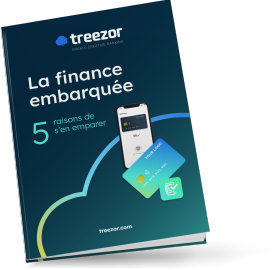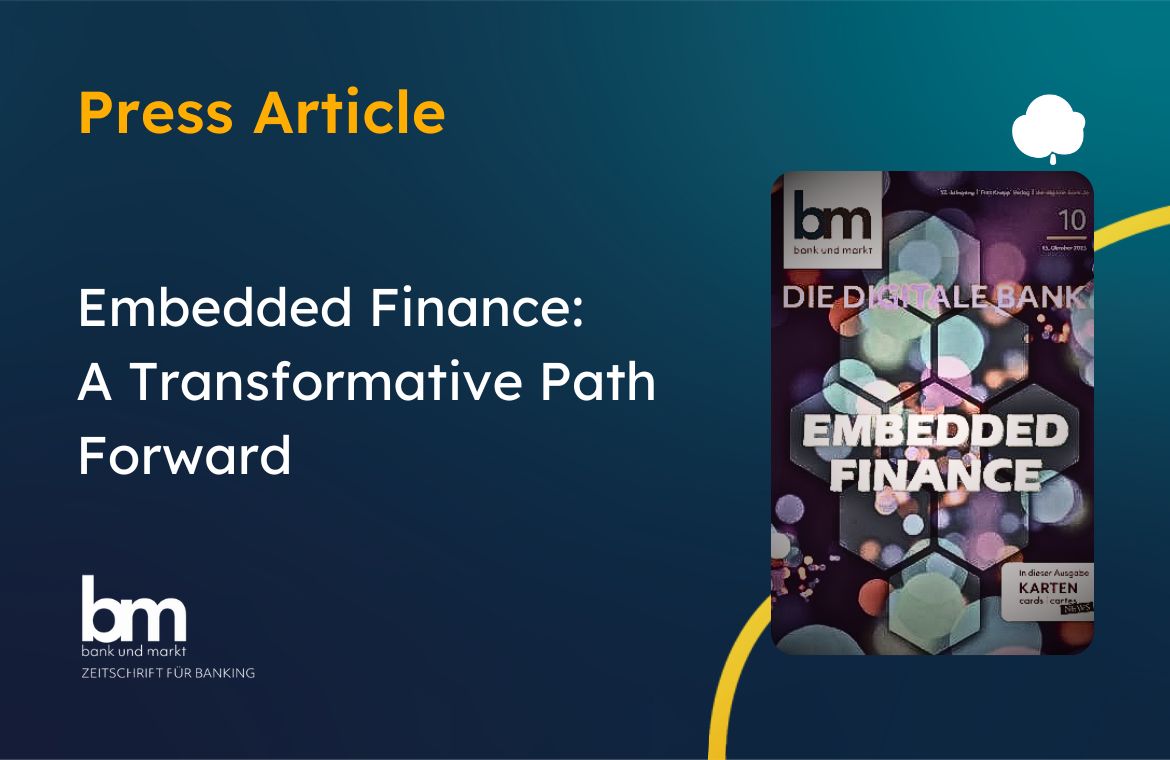The landscape of financial services is rapidly evolving and embedded finance and Banking-as-a-Service (BaaS) solutions have further accelerated the evolution of a rather traditional business sector: the banking and finance businesses. André Gardella, CEO of Treezor, provides valuable insights into the transformation of this industry in the latest edition of Bank und Markt – a specialized German media outlet focusing on banking and financial market topics.
The Rise of Embedded Finance and the role of BaaS providers
Embedded finance, as André Gardella explains, has immensely gained traction over the past few years, opening up new ways for businesses to integrate financial services seamlessly into their products and services. He emphasizes that “the digital revolution has given birth to entirely new business models and established them in the market. Today, companies need more than ever to offer their customers a user-friendly and straightforward experience. However, complex payment processes and financial intricacies often present a challenge, especially for companies that lack financial expertise.”
This is where BaaS providers like Treezor come into play. BaaS providers offer a range of resources, including technical core banking solutions, payment services, and even white-label banking licenses. These resources can be seamlessly integrated into the IT systems, products, and the customer-facing channels of diverse companies. This enables them to transfer regulatory responsibilities to the BaaS provider.

